At the end of June, I went on a great cycle ride with a few friends. I did not tell them exactly where we were going, other than the starting point, but I knew that, like me, they would be fascinated. I had not been able to plan the weather, unfortunately, and so it was cold and we had a littl;e rain, but fortunately nothing serious. We started riding along the Canal du Centre, which soon branched into two section, the old canal and a new canal that was built in the early 90’s.
I have borrowed photos from my friends as well – not all photos below are mine.
As I said, the weather was not great, but we were still having fun.
In order to build the new canal, engineers had to ‘improvise’. They could not necessarily follow the lay of the land (a canal needs to be rather flat!) and so there were places where they had to build a canal-bridge over streets and other obstructions. Here is the larger of these bridges. It is nice to notice that technology can co-exist with traditions: there is a shepherd watching a flock of sheep grazing on the side of the pond below …
The first major stop of the ride, and also the reason why the new canal had been built: The new Ship Elevators at Strepy-Thieu. These are now the highest such elevators in the world with a height of 73 m; as a comparison, the world’s highest standard locks are on the Irtysh River in Kazakhstan and are 42 m high (the 6 Gatun Locks at the end of the Panama Canal only lift ships a total of 25.9m). I had recce’d the ride in March, when the weather was a lot better and took this photo.
We approached from the other side.
As we came closer, we noticed that one of the ‘buckets’ was actually coming down. There is one bucket on each side of the tower and they are independent of each other. There are very large counterweights for each bucket and the water level in the bucket is slightly higher at the top than at the bottom helping with the operation. However, electric motors are still used to provide the necessary energy (very small) to operate and control the lifts.
In the photo below, the bucket is about 1/2 way down and has a red stripe at the top. Below the bucket, you can see the counterweights making their way up. It takes several minutes for the buckest to travel the full height of the elevator – speed is not very important when you are moving 100’s of tons of ship and water.
When we finally arrived at the bottom, the ships were already loading for the trip back up. A large commercial barge was first.
We watched from the observation platform and waited …
… and a little pleasure boat snuck in just before the doors closed.
Bee took two videos – the first shows the doors of the bucket closing
The second shows the bucket on the way up
This elevator was completed in the mid 90’s. It actually replaces four older elevators located on the old canal. The older elevators were built in the late 1800’s and were still in use until the new one was completed. We quickly arrived where the old and new canals meet again and saw the first older elevator.
Each elevator also had a house next to it for the operator.
For a while, old (on the right) and new (on the left) canals run parallel to each other. Notice how much higher the old canal already is after only one elevator. The old elevators were too small for the modern canal barges and therefore traffic on this vital link between Northern France and Belgium, and eventually Holland and Germany was severely restricted.
The old canal passes right through the town of La Louviere. Streets sometime cross on a high bridge, high enough for barges to go under. Older bridges were right at water level and had a movable section to let ships pass – you can see the older bridge behind the new one – the center section has now been removed on the old bridge. It also provides a park-like environment right in the middle of town and is now protected and maintained as such.
There is one elevator where we could get a closer look at the details of its construction – each bucket is supported on a single hydraulic cylinder and the two cylinders are inter-connected – these buckets could not be operated independently. You can see the black piston amongst the steel beams in the middle of this picture and is a lot smaller than I would have thought (very approximate calcs indicate that the pressure required to hold the bucket in place must be 10-20 atm – not that high).
A bit further and just before the 4th and last elevator, we were hoping to have lunch at La Cantine des Italiens, a place where Italian emigrants used to gather when they were not working in the mines. This is a very interesting historical tid-bit. After WWII, Belgium did not have enough people willing to work in the coal mines and Italy very had high unemployment, especially in the South and so the two countries reached an agreement by which train-loads of Southern Italians emigrated to Belgium to work in the mines. There are still many people with Italian surnames who live in the area. Unfortunately, La Cantine des Italiens was packed and so we decided to push on as we were not too far from the end of our journey.
If you would like to see the route that we took, please follow this link to Map My Ride
http://www.mapmyride.com/routes/view/35956578
If you would like more information on the New Elevator, start here in Wikipedia
http://en.wikipedia.org/wiki/Str%C3%A9py-Thieu_boat_lift
There is a link to an article on the old elevators as well.
After this ride, some one passed to me a picture of the Falkirk Wheel – an awesome ship elevator in Scotland – worth seeing. There is also a link to it in the Wikipedia article, but here is a picture just to whet your appetite…
and a link to a video which shows it in motion.
http://www.youtube.com/watch?v=n61KUGDWz2A
(7072 Page Views)

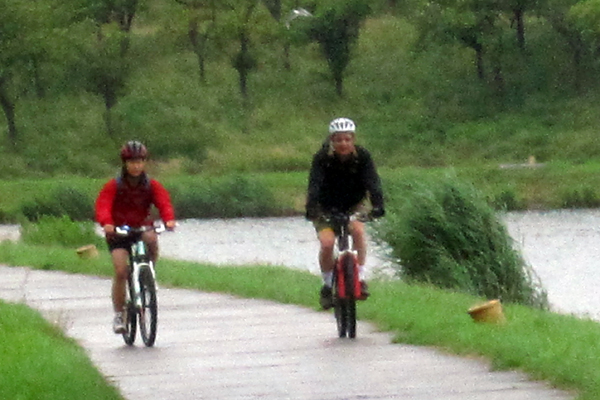
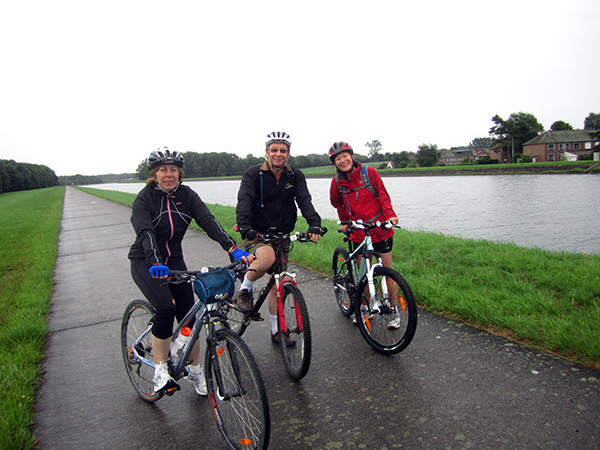
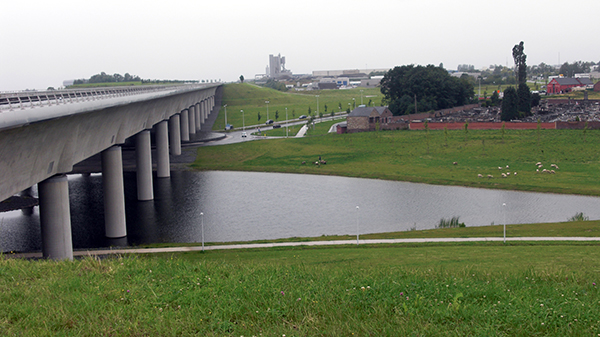

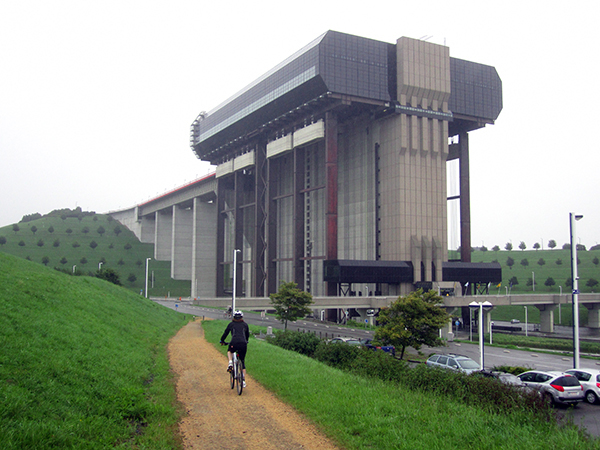


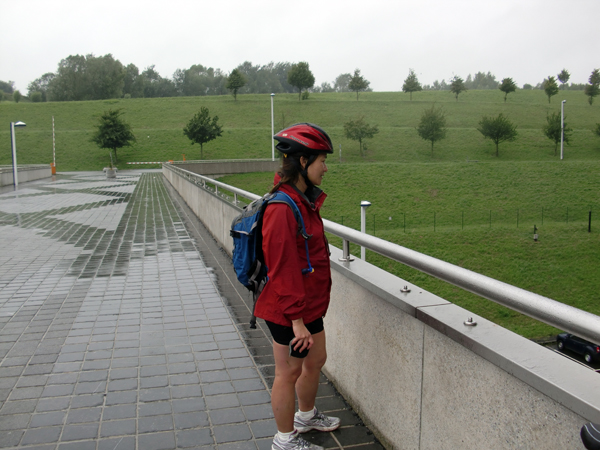

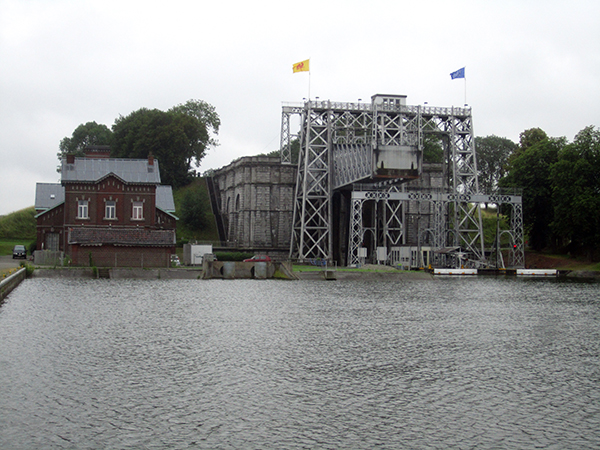
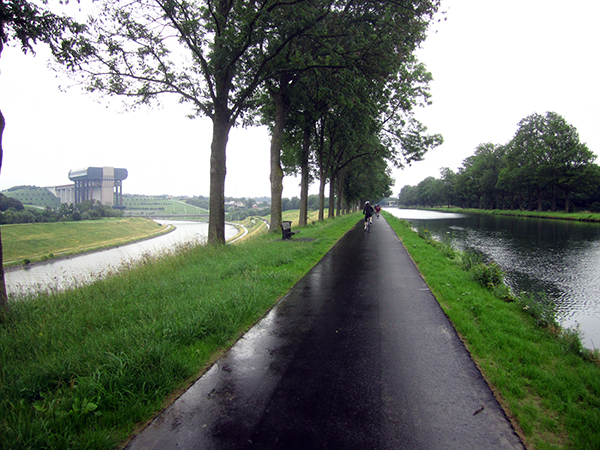
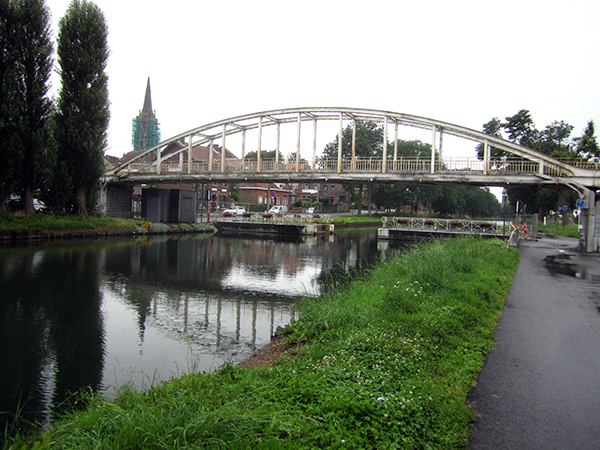


It was an awesome ride! We should actually go on the elevator one day. 🙂
Warm Greetings!
Today, I visit your website and after reading your blog i realize that it is very informative. I’m highly impressed to see the comprehensive resources being offered by your site.
Thanks and Regards
Bucket Elevators